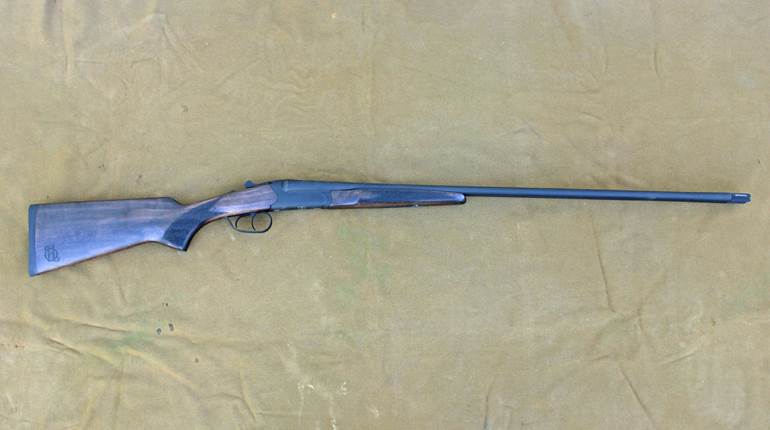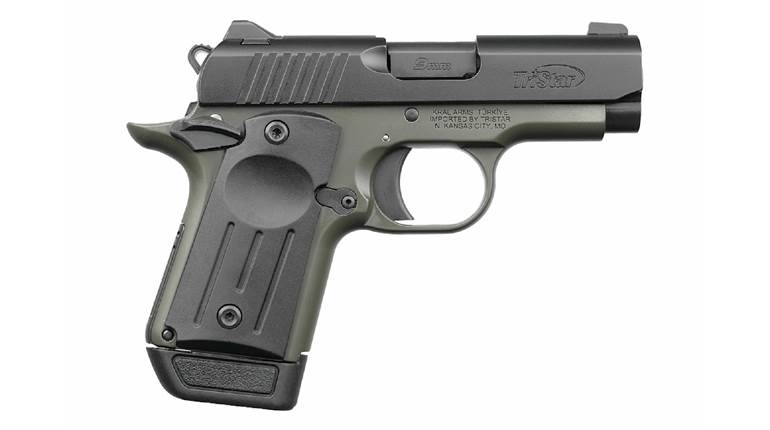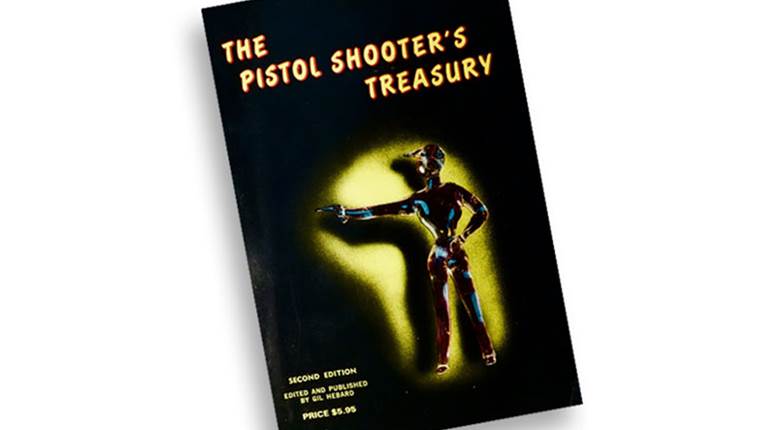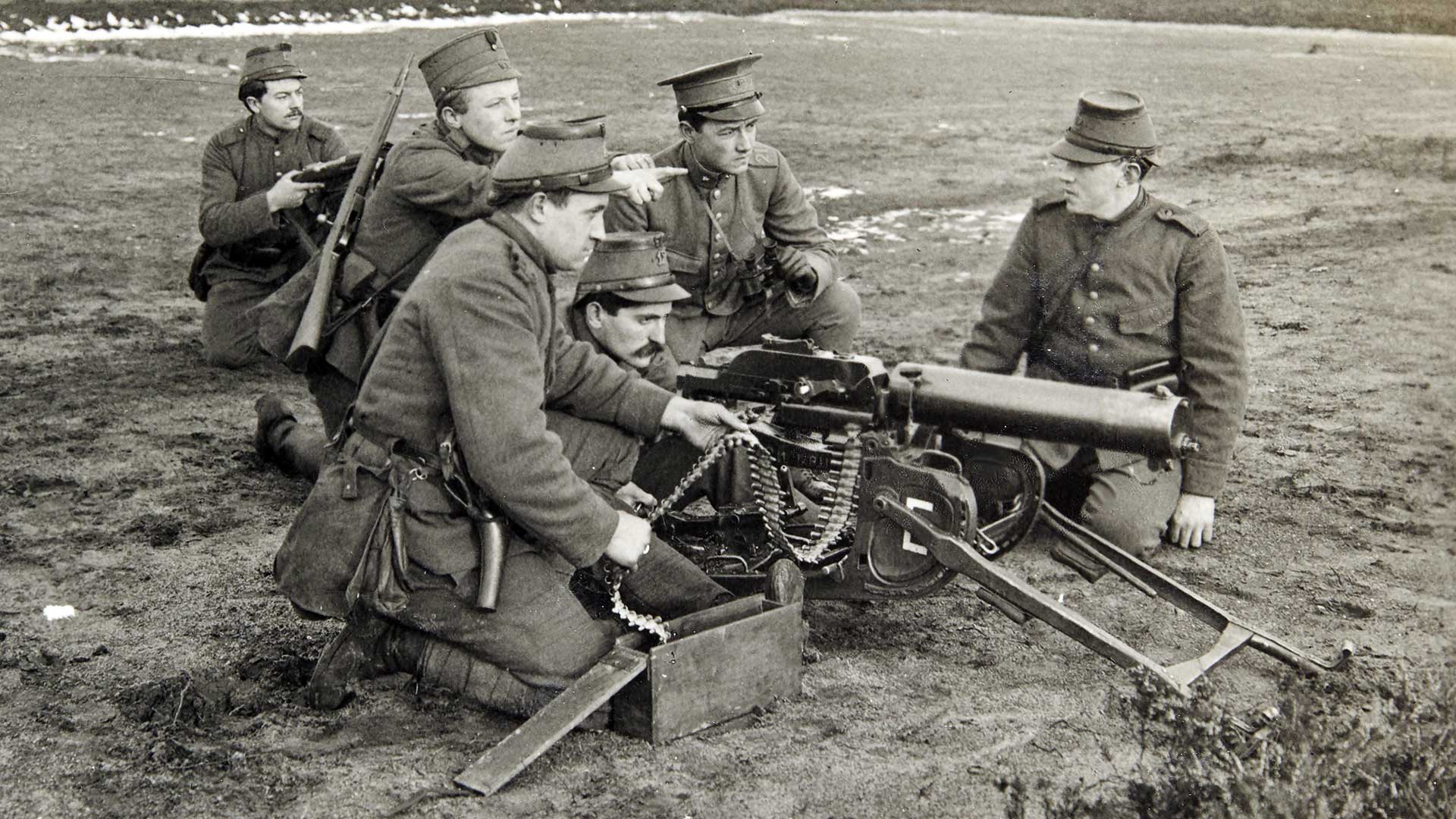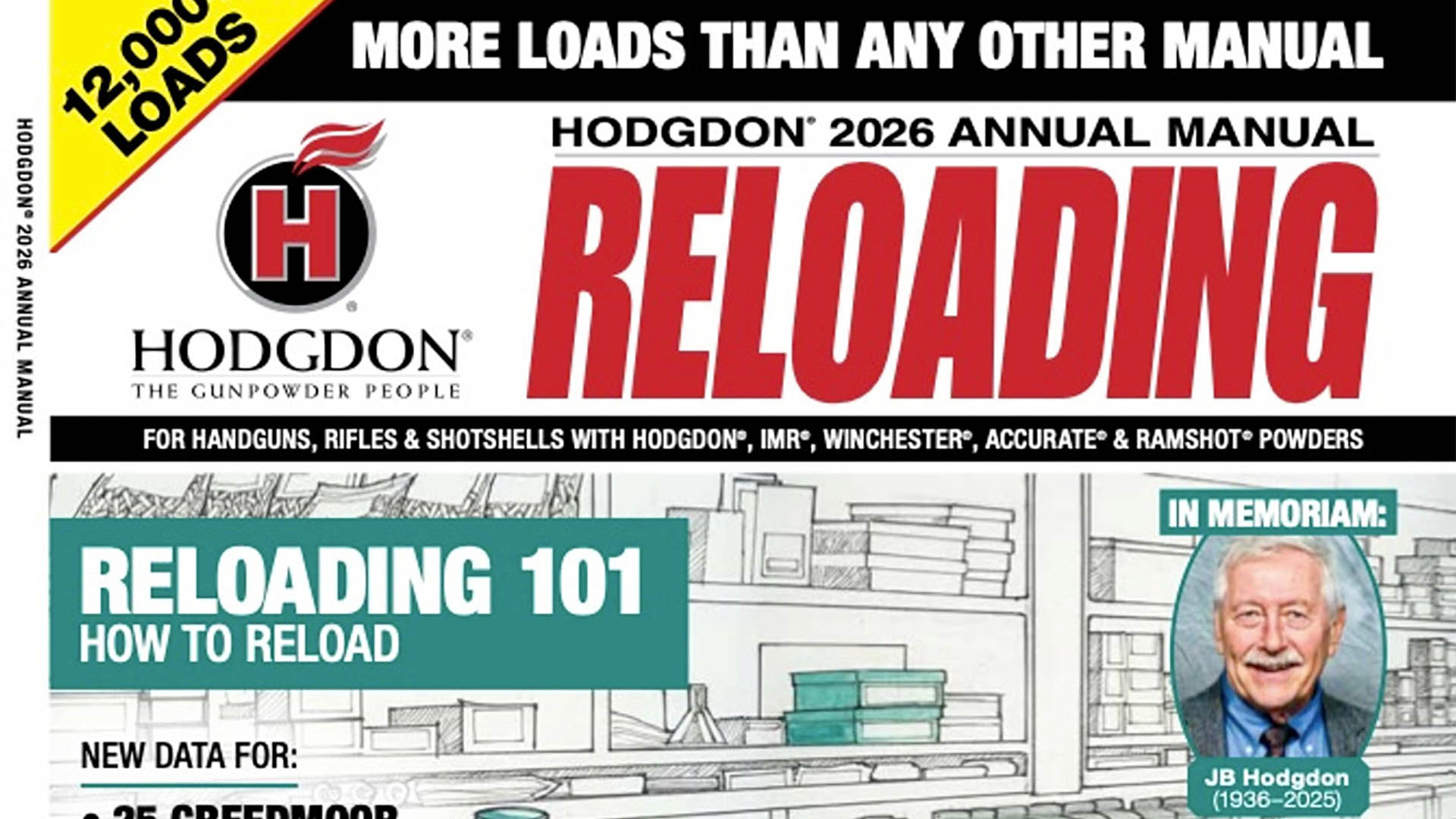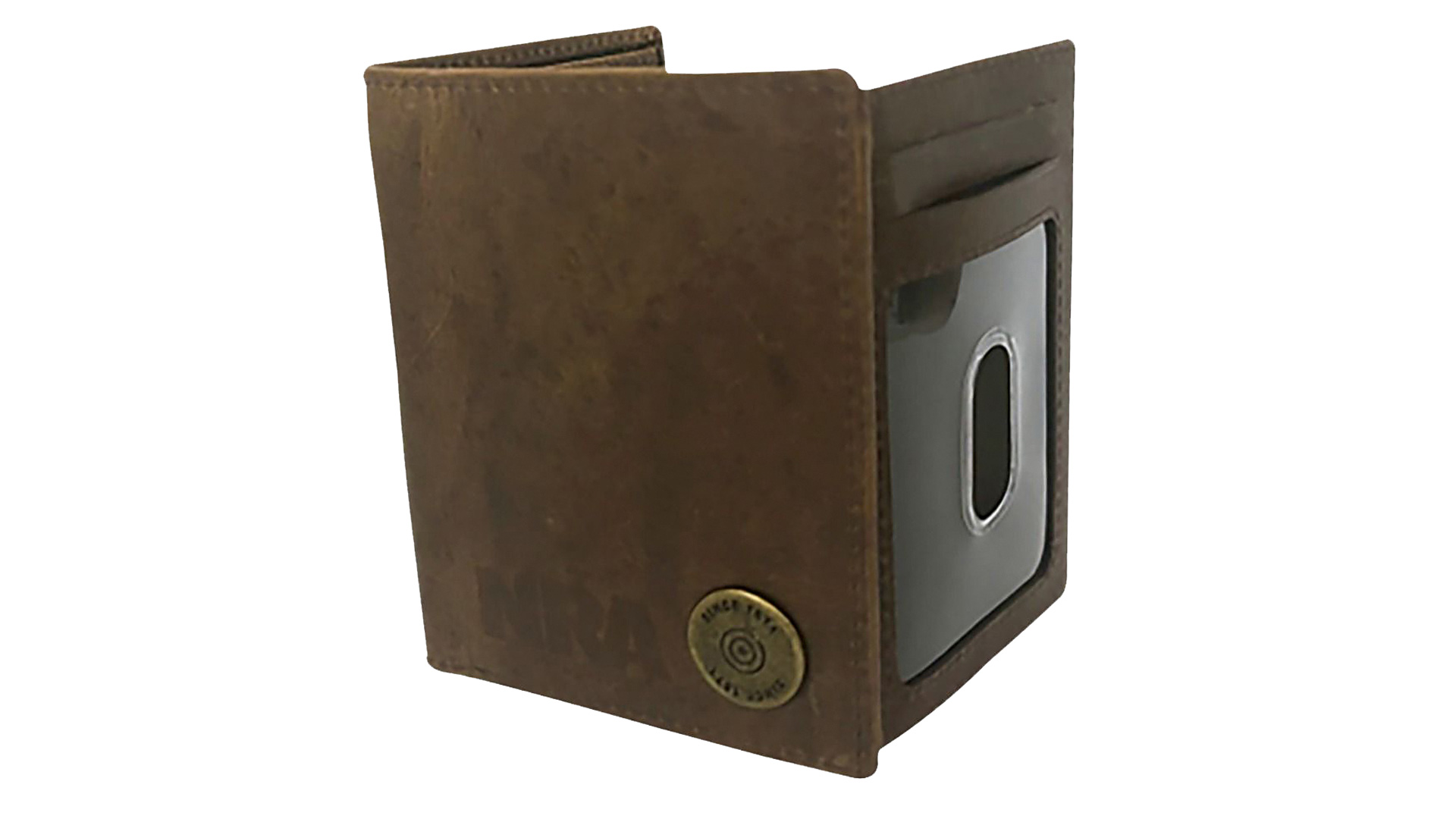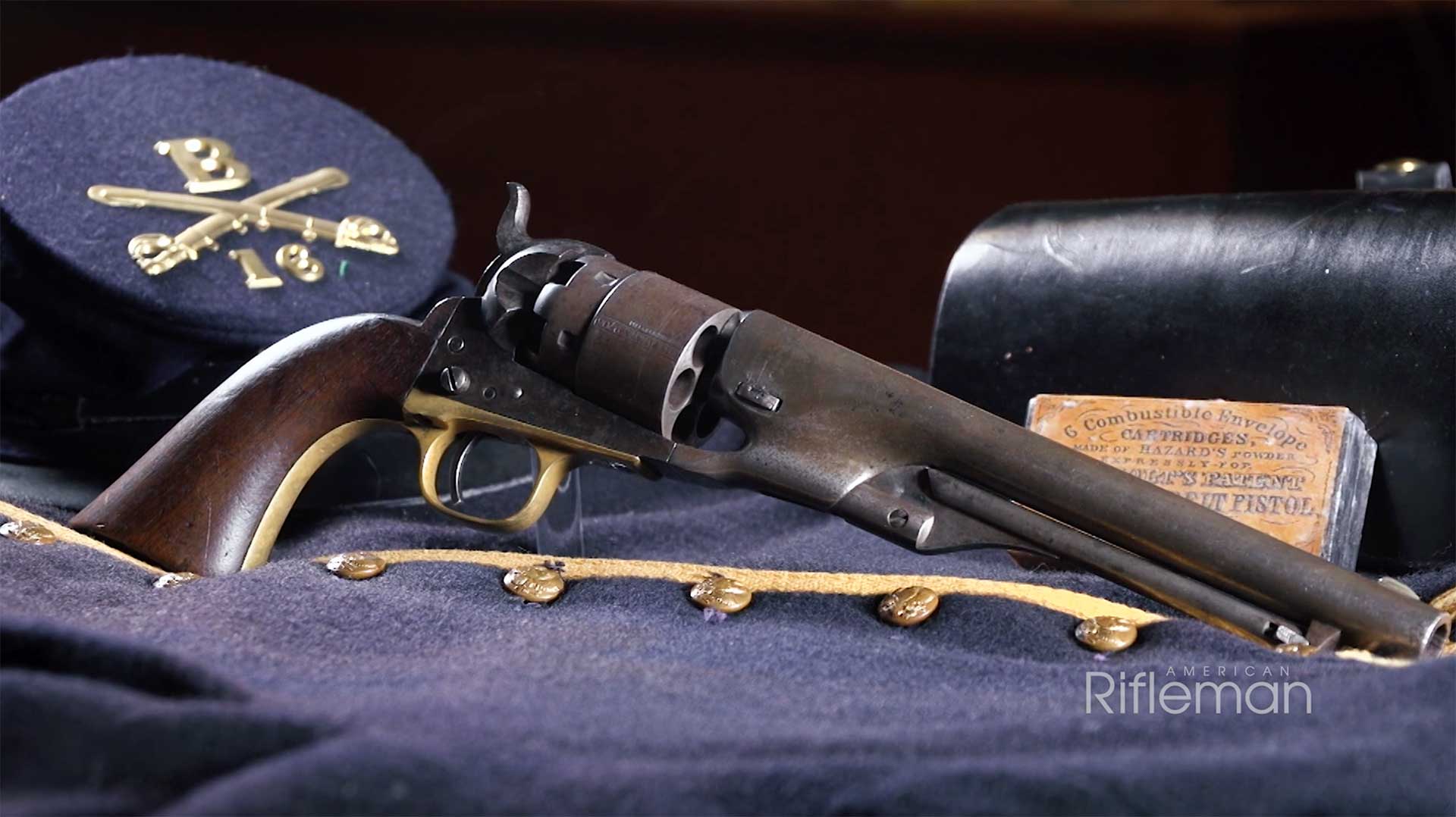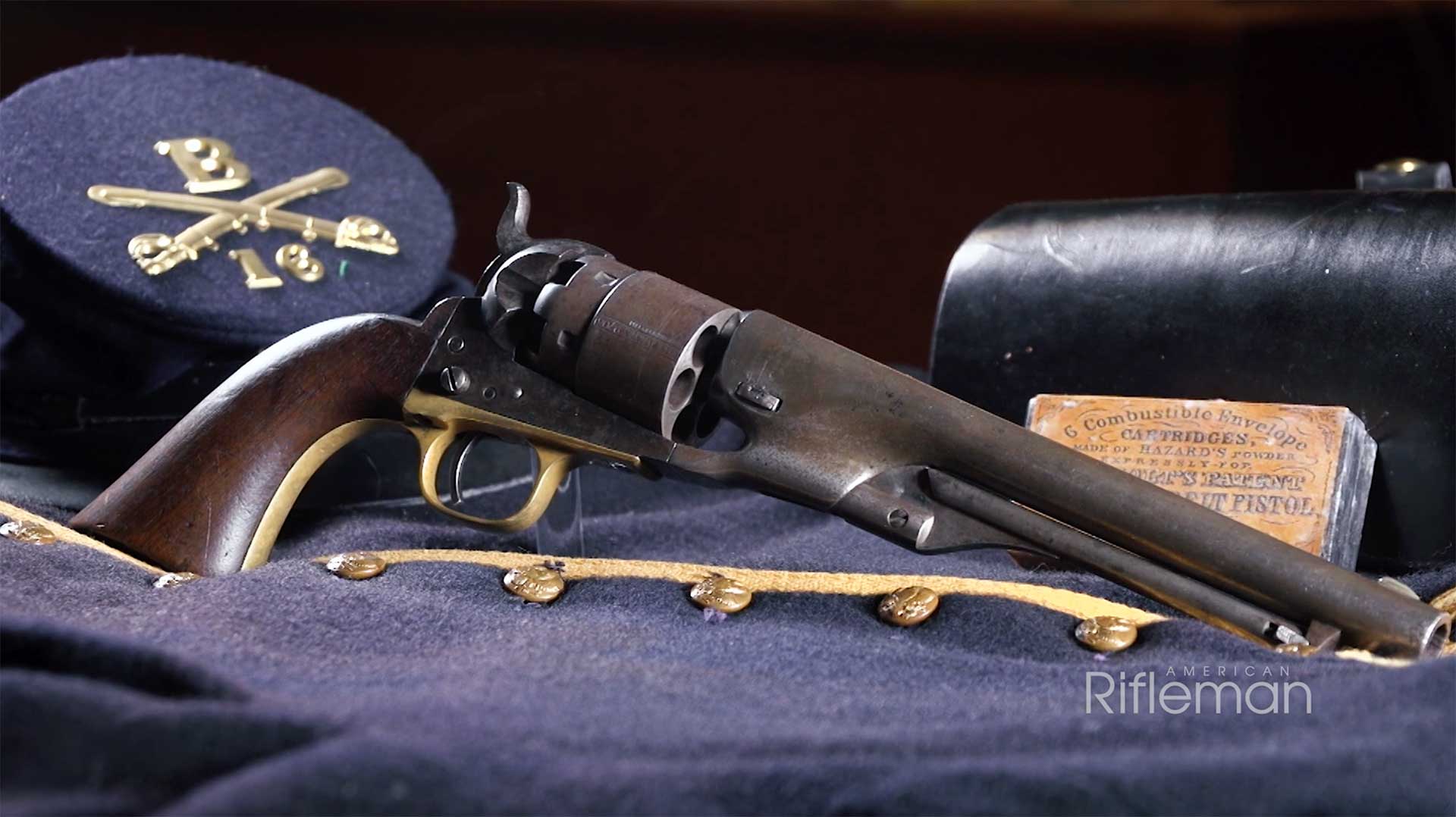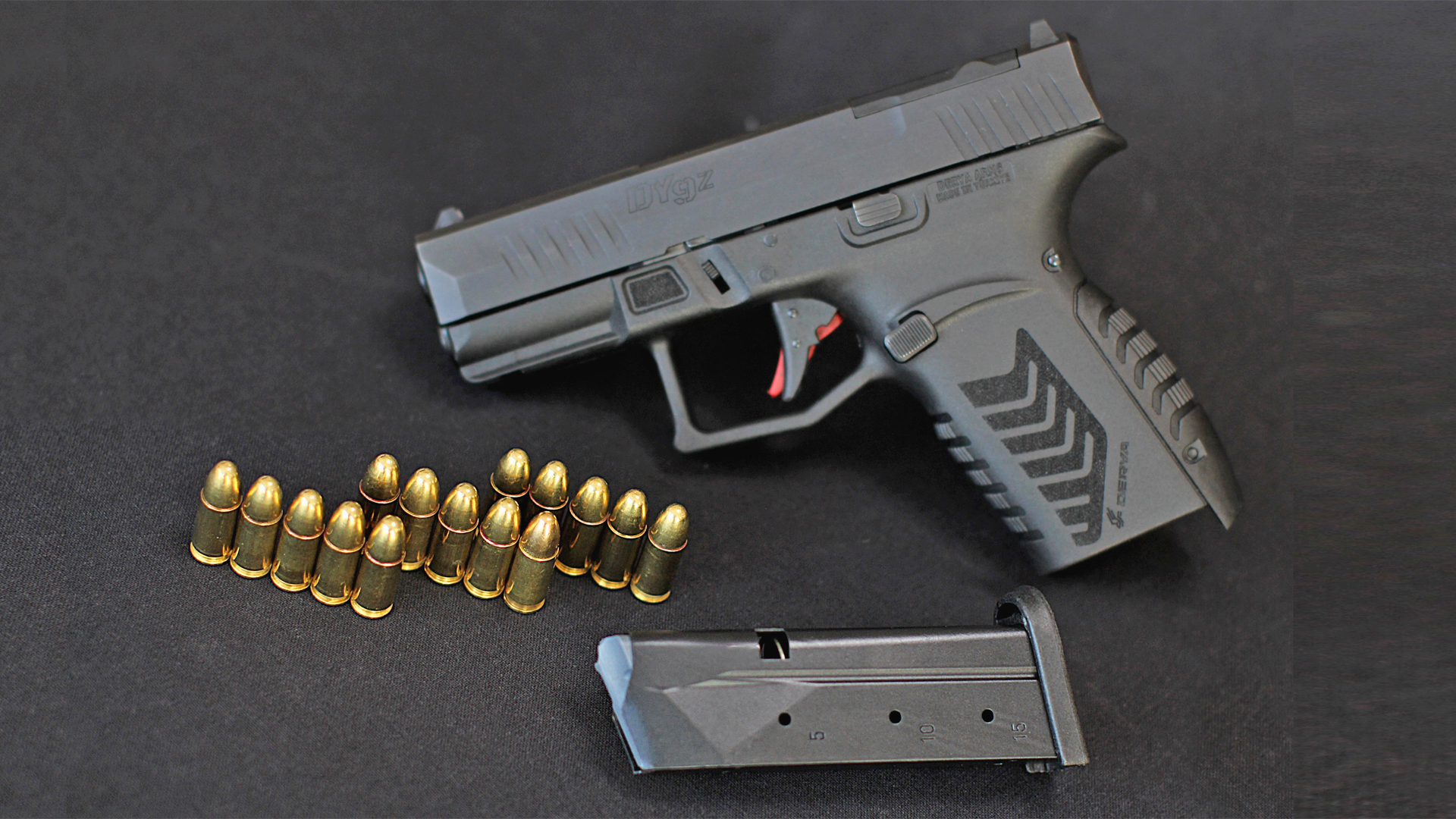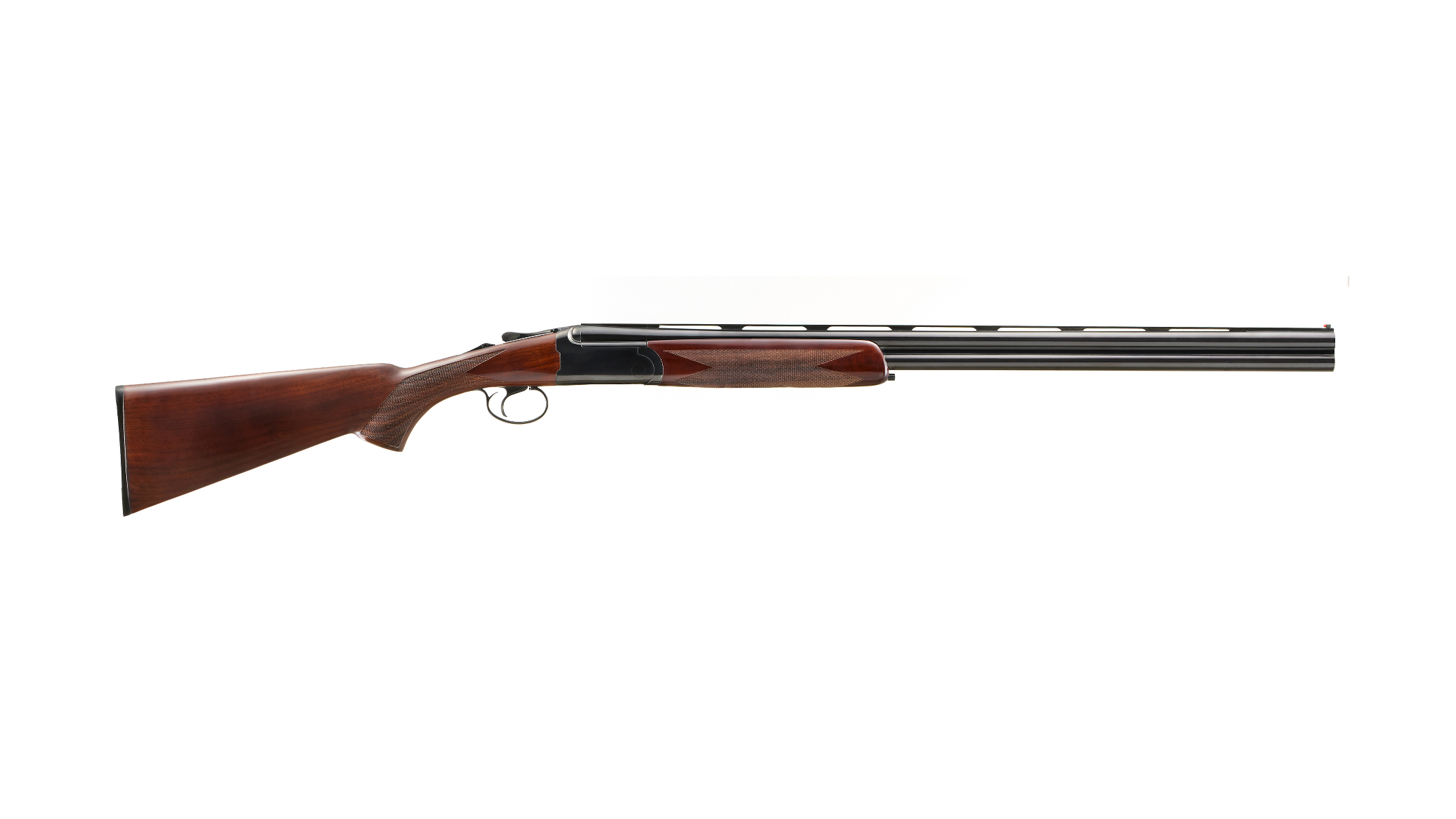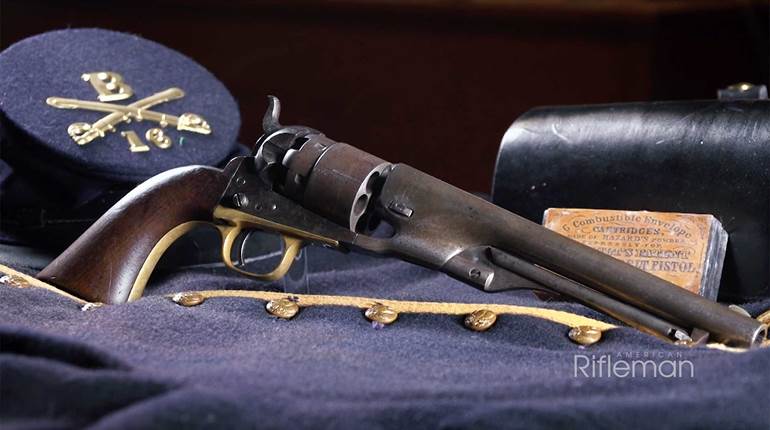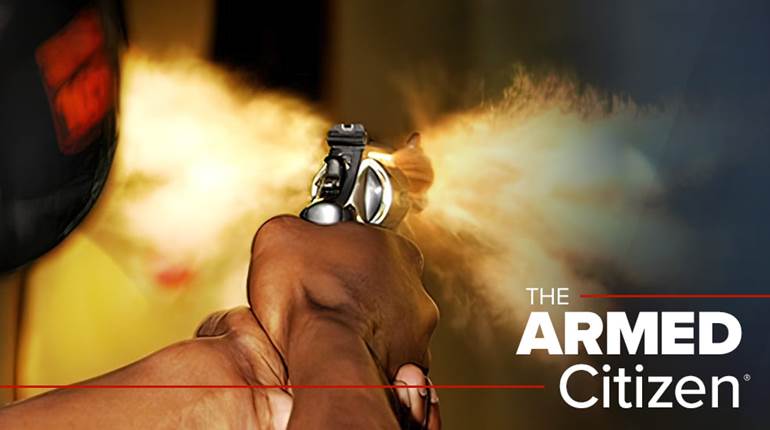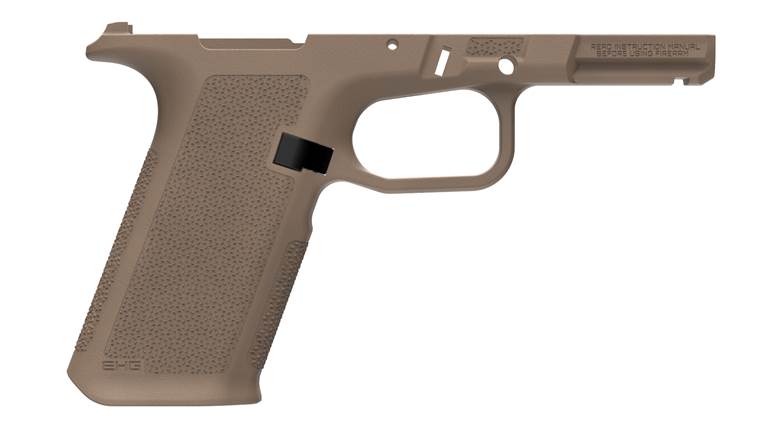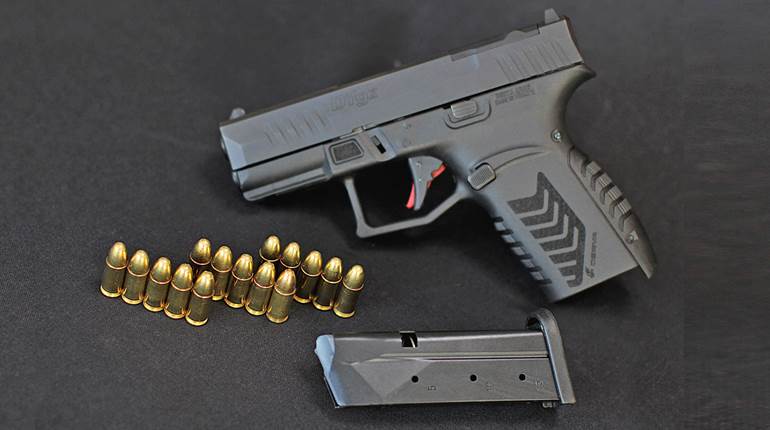
5/6/2013
In 1930, the Soviet military began investigating potential replacements for the aging Nagant M1895 revolver in use as its army's sidearm. By January of 1931, the Revolutionary Military Council sanctioned the testing of the new TT-30 semi-automatic pistol, designed by Fedor Tokarev. Chambered to fire the 7.62x25 Tokarev cartridge, based on the 7.63x25 mm Mauser round, the pistol passed inspection and was adopted for service.
Renowned for its simplicity and rugged reliability, the TT-30, and its variants, saw extensive service during World War II, and can still be found in service today. Vintage versions of this pistol have become popular collectors’ items. With the growing interest in this historical handgun, as well as the continued demand for affordable pistols, Zastava Arms of Serbia has launched two new versions of the TT-30 pistol, distributed by Century Arms International. Updated for sale on the U.S. market, the M57 is configured to fire the original 7.62x25 Tokarev cartridge, while the M70A is chambered for the popular 9 mm Luger round.
Founded in 1853, Zastava Arms of Serbia was one of the original factories contracted to build the TT-30 for the Soviet forces more than 80 years ago. Having produced thousands of these guns, this is well-traveled territory for the company. Most of the internal and external features of the M70A are identical to the TT-30, with just a few changes.
Like the original, the M70A is a short-recoil operated, single-action semi-automatic pistol. The slide, frame, magazines and external components are constructed from blued steel. The only polymer used in this gun is found in the two removable black grip panels. The external shape of the M70A closely resembles John Browning’s FN Model 1903 semi-auto. Internally, Fedor Tokarev chose to employ the barrel dropping short-recoil system Browning used in the now iconic 1911 pistol.
The 1-inch wide slide houses a 4.5-inch barrel with traditional land-and-groove rifling. The recoil assembly consists of a single, round-wire spring captured on a steel guide rod. The historically accurate sight system includes a small drift-adjustable dovetailed front blade sight and a tall rear sight cut with a small u-notch, also drift adjustable. The steel trigger rests in a rounded trigger guard, with a good size magazine release button behind it on the frame. The slim grip frame is nearly vertical with a smooth-faced front strap and backstrap. The top of the grip is rounded to protect the hand from the external hammer, but there is no beavertail or grip safety.
To meet importation requirements, Zastava added some new safety features to the M70A. A magazine safety prevents the pistol from firing with the magazine removed, and a slide-mounted thumb safety has been installed on the left. This safety swings up to the fire position, like a Beretta 92 pistol, instead of down like a 1911. The thumb safety blocks the trigger to prevent the pistol from firing, and it provides a firing pin block as well. The aftermarket thumb safeties installed on existing TT-30 variants to allow them to be sold in the U.S are a mixed lot. The ones I've handled have been loose or mushy, which doesn't instill much confidence in their functionality. The M70A's thumb safety, on the other hand, was properly mounted and tight. A spring-loaded ball dent provides an audible "snick" when the safety is locked into place. The final update to the TT-30 design was to re-work the steel magazines to hold nine rounds instead of the original eight.
But is the M70A more than just a replica or range toy? Could it be pressed into service as a self-defense pistol for those who don't have much money to spend on a handgun? Based on its battle proven design, reliability and updated safety features, the M70A could certainly be used to fill a defensive role. The M70A is not as heavy as one might expect of an all-steel pistol. With an unloaded weight of 27.2 ounces, this pistol is on par with other packable handguns like the Ruger SP101 and the Glock G36.
Concealed carry practitioners have found creative ways of hauling full-size pistols around as part of their daily defense plan. One carry system that was quick to fit to the M70A, which doesn't have many ready-to-wear holster options at the moment, was the Hazard 4 modular Tonto Concealed Carry Mini-Messenger bag. The adjustable holster took about one minute to adjust to the pistol, useing a hook-and-loop fastener to hold a handgun in position in your choice of two pockets configured for the job. There was plenty of pocket space left for spare magazines, a tablet computer and other small items like keys, cell phones and pens.
On the range, the M70A proved to be a soft-shooting and reliable pistol. The trigger did not feel as heavy as the 8 pounds, 10 ounces of pressure the trigger gauge implied. After a bit of military-style take up, the trigger stroke was short and crisp, feeling more like 4 to 5 pounds at the break. With the weight of the pistol working to reduce the already moderate levels of felt recoil produced by the 9 mm cartridge, quick follow-up shots were easy to place. The slide was relatively light to cycle with a tight fit to the frame. It felt a little rough to start, but it smoothed out over the course of fire. The two magazines provided with the pistol functioned reliably and did not, in typical European fashion, drop free when released. Instead, they had to be manually removed from the grip while the magazine release was depressed.
The historically accurate (i.e. rudimentary) sights, which were never easy to work with, made it tough to form tight groups with the M70A at 25 yards. However, the pistol did keep all rounds in the central area of 12x18-inch silhouette targets at this distance. Moving the target up to 15 yards and working from a bench rest produced consistent five-shot groups that hovered right around 2.5 inches in size using both target-grade and defensive ammunition. The M70A did not experience any malfunctions or failures in the course of testing.
So where does the Zastava M70A 9 mm fit into the scheme of things? As a new-production pistol, it doesn't qualify as a collectable or relic like the original TT-30 pistols, but it can be safely fired without the worry of failures or loss of value that attends the use of historic firearms. Although it is a basic, military-style pistol without the frills and extra polish of many commercially produced guns, the M70A runs very well for a handgun with a suggested retail price under $300 dollars. It certainly is a refreshing change from the standardized 1911 and striker-fired polymer pistols currently dominating the market.
Distributor: Century International Arms; www.centuryarms.com
Model: Zastava M70A
Action: Single-action semi-auto
Caliber: 9 mm Luger
Finish: Blued steel
Grips: Black plastic
Sights: Fixed
Barrel Length: 4.5”
Overall Length: 7.75”
Height: 6”
Width: 1”
Weight: 27.2 ozs.
Capacity: 9+1 Rrounds
Rifle Grooves: 6
Accessories: Two nine-round magazines, bore brush, manual
Suggested Retail Price: $299.95












